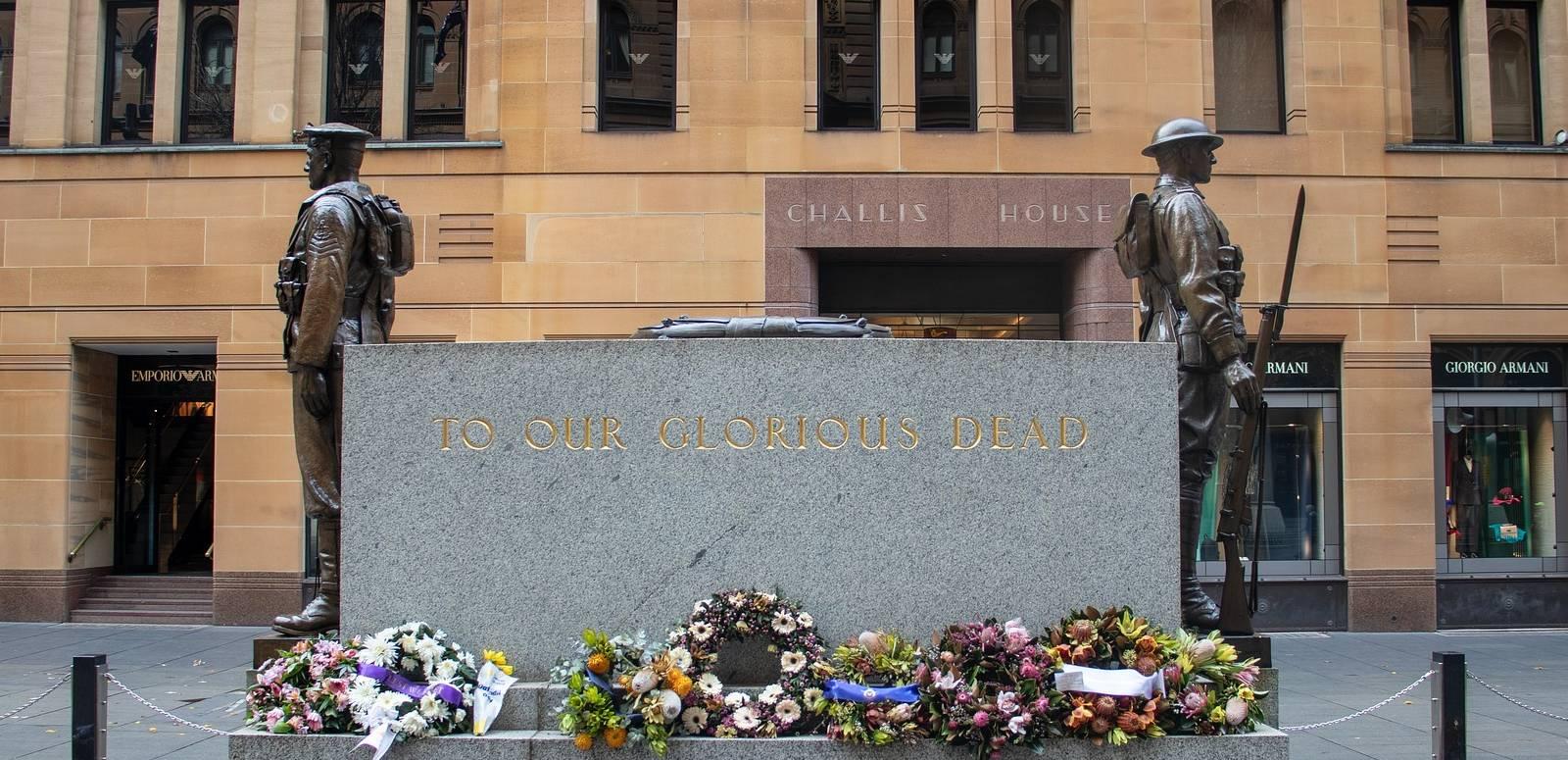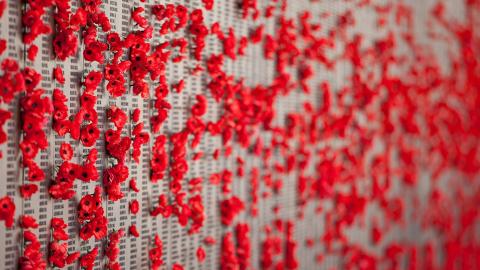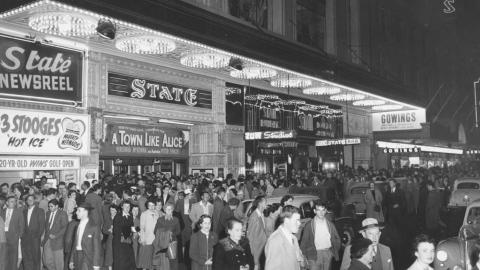As public gatherings to commemorate Anzac Day in 2020 did not go ahead because of COVID-19, curator Heather Gill shared home movie footage of Anzac Day marches from 1933, 1946 and 1980. You can see these clips and more in our new Anzac Day curated collection.




